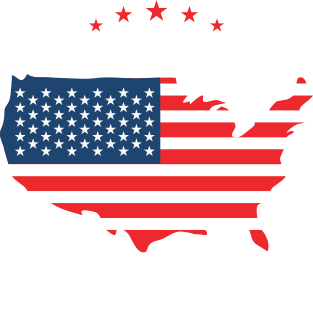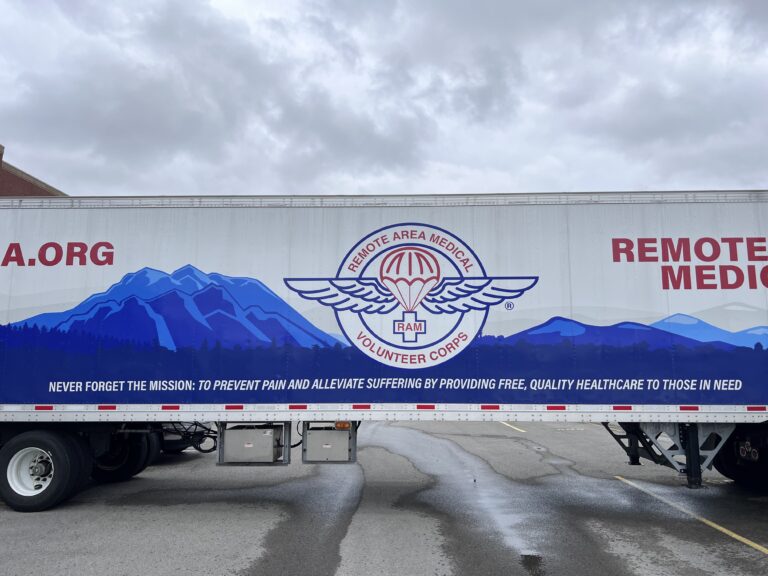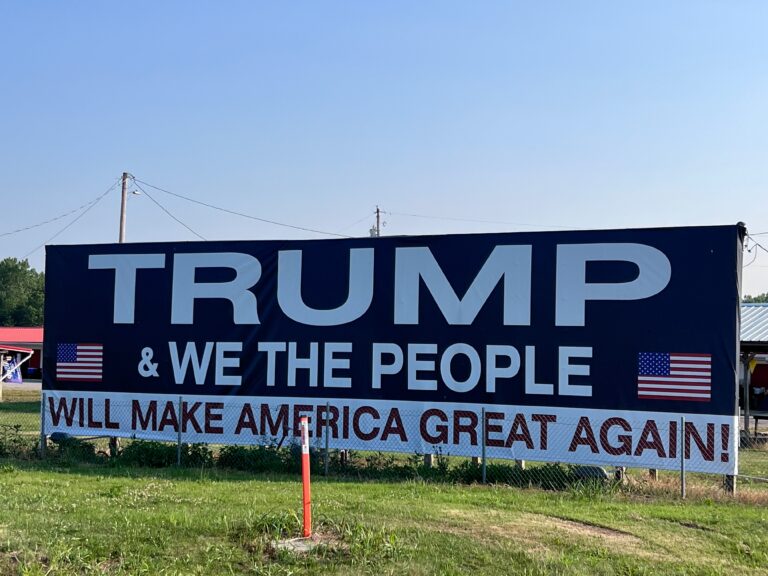America has an ambivalent relationship with technology. It has world-leading tech companies in Silicon Valley – Apple, Meta/Facebook, Microsoft, Alphabet/Google, Amazon, Tesla – along with academic institutions – Stanford, Berkeley – that leverage innovation and creativity. It has a continuous churn of world-leading companies, 42% of Nobel Prizes over the past century, and second to China in the number of patents granted.

Yet its application of technology is so yesterday. Certainly 20th century. Some examples:
- Apple Pay – even the smallest coffee shop in deepest Scotland has Apple Pay; Walmart does not, nor do many other outlets; you are also often asked to sign a slip
- Road works – across the UK, traffic lights control access to road works; across the West, flaggers control traffic, and some traffic cops are also in attendance in the city
- Gas stations – attendants still offer to fill up your tank, even though the pumps can at least be operated automatically
- Banking – the banking system is local, and at best regional, so charges are levied for transactions
- Public transport – if it exists, there is a chance that public transport will be old school, whether busses, trains, or planes; the investment in infrastructure has been a low priority, though there are great examples of light rail in western cities
- Airports – instead of automatic doors to stop re-entry, they’re manual with folk sitting by them to stop access


This technological ambivalence goes way back. In the late 18th century, the leading technology innovation of its day – canals – was subject to political debate about investment. The construction of the Erie Canal was delayed for many years as more conservative politicians saw this as the responsibility of business, not government.

Since the heyday of public sector infrastructure building post-WW2, American infrastructure has continued to deteriorate due to lack of investment. President Reagan ended the political consensus that government could do good, such as working with states to build the interstate highway system (a great ‘what if’ of history is the lost opportunity to build an equivalent high speed rail infrastructure). However, President Biden’s infrastructure bills will go some way to addressing the problems, with commitments of over $3trillion on roads, electricity, broadband, Medicare, education, and climate change. Still, in some conversations I’ve had, there has been criticism of even this type of government spend.


It appears that America collectively is a nation of digital migrants. Ok, American kids, like others around the world, are digital natives, but their parents are holding them back. The continuing aversion to sharing big data and questions about the role of government among some demographics mean that technology is hampered – though at least the bipartisan bill to underpin microchip manufacturing in the US goes some way to putting America on a level playing field with competitor countries, and reduces dependency on foreign supply.
President Obama tried to highlight the leverage role of government in infrastructure investment when he said to business: “Somebody helped to create this unbelievable American system that we have that allowed you to thrive. Somebody invested in roads and bridges. If you’ve got a business, you didn’t build that.” It was, of course, taken out of context, but it appears now that the benefit of government leverage is becoming clearer.
Electric cars represent the intersection of technology and infrastructure – new technology that will use infrastructure. They’re ubiquitous in urban areas, but scarce in rural ones. Hopefully the lead of companies like Tesla will allow America to apply technology effectively and remain competitive. It may also prompt America to be less ambivalent about its application of technology.




